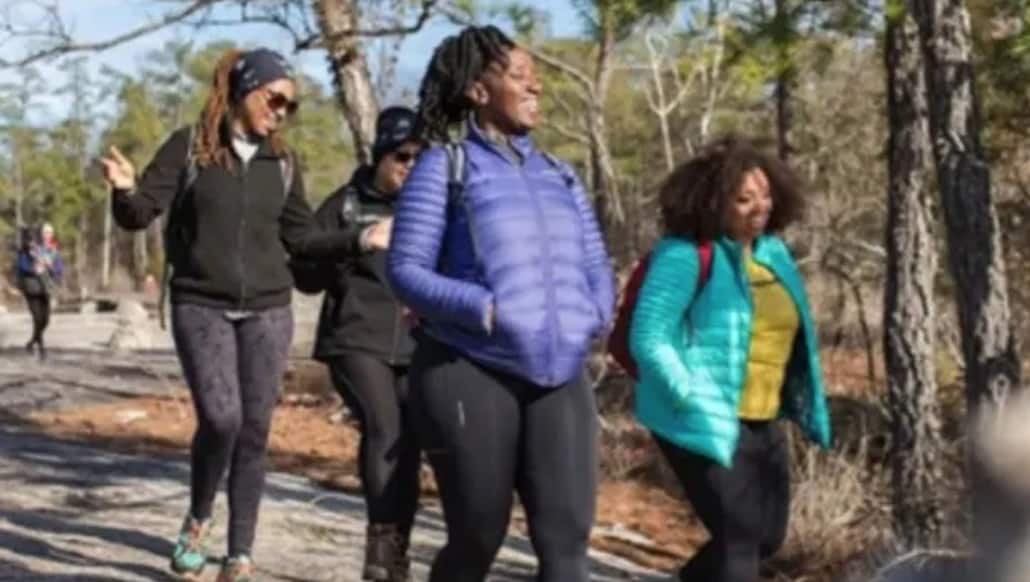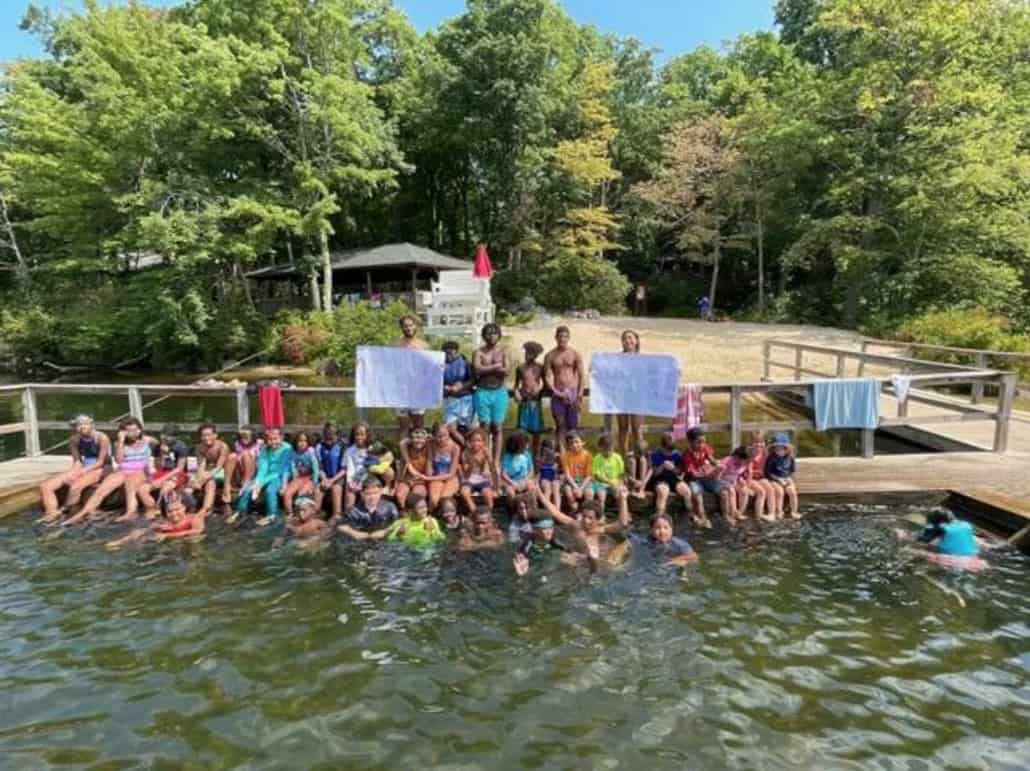Diversity, Equity, and Inclusion (DEI) Committee
Welcome! The purpose of the DEI (Diversity, Equity, & Inclusion) Committee is ‘to bring social justice outdoors’ for AMC’s New York-North Jersey Chapter. We are committed to growing our membership and advancing new leadership opportunities for those not historically represented by outdoors clubs.
We are funding grants for families, gear, and skills training. And we are building bridges across committees and other chapters while we form external collaborations with local schools, colleges, community organizations, and other outdoor clubs. We are committed to addressing historical legacies of bias and discrimination. Above all, we aim to realize the club’s mission to Be Outdoors for everyone!
Please join us for one of our biweekly meetings. Register here.
Statements on Diversity, Equity, and Inclusion from AMC
At AMC, we are committed to building a shared diversity and inclusion language that serves as the foundation for having open, trusting and transparent conversations with our colleagues and with our teams. We want to ensure that members of the AMC community are equipped with the tools they need to speak inclusively and to keep current with ever-evolving language associated with DEI. Our goal is not to tone police or to make sure everyone is being “politically correct.’ Rather, our focus is on ensuring we treat one another with human decency, dignity and respect.
“I’m proud of the work we’ve done to improve diversity within AMC . . . we’ve got to do more.” — John D. Judge, AMC President (2011-2022)
Read AMC’s Statement in Solidarity with the Asian-American Community Against Violence and Racism
“To overcome hundreds of years of oppression requires action beyond condemnation. We must become actively anti-racist.” — Kaspar Alexander, Chapter Chair Chair (2019 -2021)
Read AMC’s Statement in Solidarity with Black Lives Matter
Diversity, Equity, and Inclusion in action at AMC

AMC DEI Webinar 2: Why DEI is Important
Explore A Common DEI Language: Reference Guide
AMC supports the 1619 Project
The goal of The 1619 Project is to reframe American history by considering what it would mean to regard 1619 as our nation’s birth year. Doing so requires us to place the consequences of slavery and the contributions of black Americans at the very center of the story we tell ourselves about who we are as a country.
“Out of slavery — and the anti-black racism it required — grew nearly everything that has truly made America exceptional: its economic might, its industrial power, its electoral system, its diet and popular music, the inequities of its public health and education, its astonishing penchant for violence, its income inequality, the example it sets for the world as a land of freedom and equality, its slang, its legal system and the endemic racial fears and hatreds that continue to plague it to this day. The seeds of all that were planted long before our official birth date, in 1776, when the men known as our founders formally declared independence from Britain.”
Additional recommended DEI reading and viewing
Ta-Nehisi Coates, Between the World and Me (2015)
“At this moment the phrase ‘police reform’ has come into vogue, and the actions of our publicly appointed guardians have attracted attention presidential and pedestrian. You may have heard the talk of diversity, sensitivity training, and body cameras. These are all fine and applicable, but they understate the task and allow the citizens of this country to pretend that there is real distance between their own attitudes and those of the ones appointed to protect them. The truth is that the police reflect America in all of its will and fear, and whatever we might make of this country is criminal justice policy, It cannot be said that it was imposed by a repressive minority. The abuses that have followed from these policies the sprawling carceral state, the random detention of Black people, the torture of suspects — are the product of democratic well. And so to challenge the police is to challenge the American people who send them into the ghettos on with the same self-generated fears that compelled the people who think they are way to flee the cities and into the dream the problem with the police is not they are a fascist pigs but that our country is ruled by majoritarian pigs.’
Dorceta E. Taylor, The Rise of the American Conservation Movement (2016)
“In this sweeping social history, Dorceta E. Taylor examines the emergence and rise of the multifaceted U.S. conservation movement from the mid-nineteenth to the early twentieth century. She shows how race, class, and gender influenced every aspect of the movement, including the establishment of parks; campaigns to protect wild game, birds, and fish; forest conservation; outdoor recreation; and the movement’s links to nineteenth-century ideologies. Initially led by white urban elites — whose early efforts discriminated against the lower class and were often tied up with slavery and the appropriation of Native lands—the movement benefited from contributions to policy making, knowledge about the environment, and activism by the poor and working class, people of color, women, and Native Americans. Far-ranging and nuanced, The Rise of the American Conservation Movement comprehensively documents the movement’s competing motivations, conflicts, problematic practices, and achievements in new ways.’
Robin DiAngelo, White Fragility: Why It’s So Hard For White People To Talk About Racism (2020)
“In this ‘vital, necessary, and beautiful book’ (Michael Eric Dyson), antiracist educator Robin DiAngelo deftly illuminates the phenomenon of white fragility and “allows us to understand racism as a practice not restricted to ‘bad people’ ‘(Claudia Rankine). Referring to the defensive moves that white people make when challenged racially, white fragility is characterized by emotions such as anger, fear, and guilt, and by behaviors including argumentation and silence. These behaviors, in turn, function to reinstate white racial equilibrium and prevent any meaningful cross-racial dialogue. In this in-depth exploration, DiAngelo examines how white fragility develops, how it protects racial inequality, and what we can do to engage more constructively.’
Pamela Newkirk, author of Diversity, Inc. (2019)
The author explains how and why the multi-billion dollar “DEI Industry” developed, and how implementation of DEI programs do not further either diversity or social justice, and are not designed to do so.

